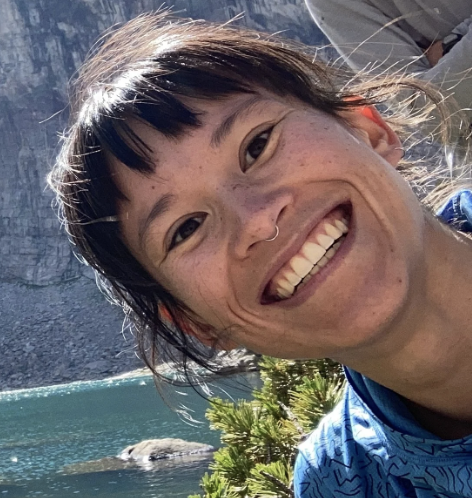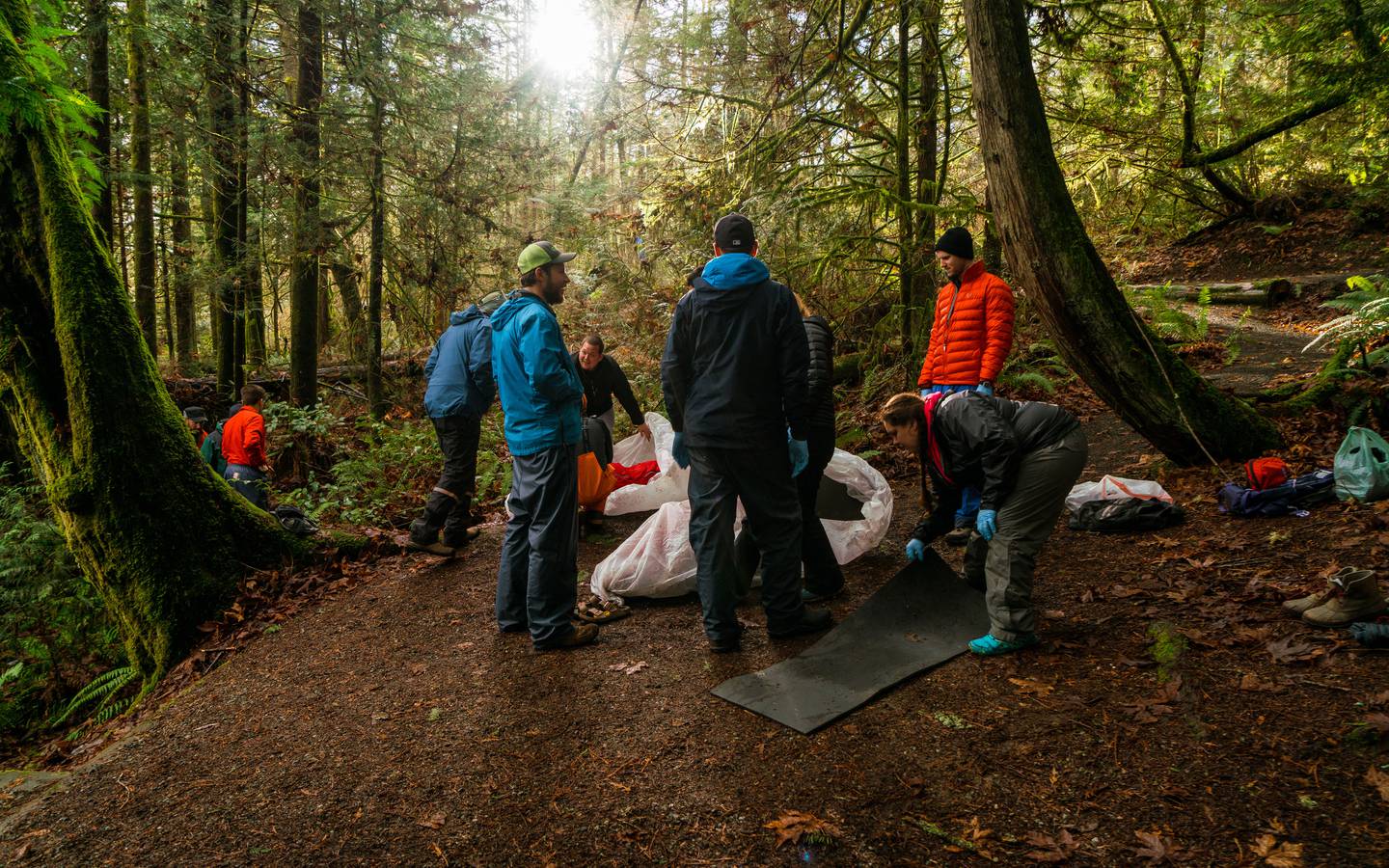
I've just exited the mountains: 12 days with rain and wind and existing trails turned into rivers. Any unmarked terrain had turned into swampy, waterlogged areas; boulder fields had turned into a Russian roulette for injuries; and the higher alpine areas were completely in fog. It was difficult to climb higher without losing orientation and visibility.
Nothing was drying and I was down to my sleeping socks. Despite my best efforts to wring out the socks, change the socks, dry the socks, and squeeze out the soles of my shoes, I ended up hiking with cold, wet feet for longer than I should have. My feet were swelling and in excruciating pain (my left pinky toe still hates my guts).
Thankfully, I was able to sleep well and safe in my Soulo Hilleberg tent. I don't know why it took me so long to make the decision to get one of those tents—having good and proper equipment makes a very big and positive difference in the wilderness. I also bless the day I purchased that little waterproof NOLS Wilderness Medicine Field Guide after my Wilderness First Responder (WFR) course.
After two long days of bad weather, lengthened by the lack of good tenting ground, I changed my route and headed to a self-service cabin to get my shoes and socks dry.
A few hours after checking into the cabin some young German teenagers arrived, half-dragging and half-carrying their friend, who was too cold to move or to speak. He had stopped shivering and was completely apathetic, his muscles were getting rigid and his breathing was shallow and slow but not undetectable.
His friends were cold and exhausted, and most of them were sent by the caretaker to warm up and dry off. The warden of the cabin seemed to have things under control but I approached and offered to help, and together we undressed the teenager and wrapped him up in my emergency blanket, my sleeping bag, another sleeping bag, someone's wool socks, my booties, and a wool hat. Hot drinks and food were prepared, but the boy was so cold it took him a long time before he could eat or drink by himself.
By the time the group went to sleep, the fellow was still a bit cold but he had my emergency blanket to continue warming up. I knew that warming a person takes a long time, but it was scary to see how long it really takes and how much energy it takes out of a person.
The patient was fully warmed by morning, although he was still exhausted. He stayed in bed while I was leaving; he and his friends had said the night before that they would stay put for the day. I monitored his progress to see if he had any other cold injuries like nonfreezing cold injuries, because they had been hiking with wet boots for several hours, but he did not have any signs or symptoms.
That morning, I left my emergency blanket with them and recommended that they leave the mountains, or that they get the right equipment. With that, I wished them luck and left the cabin, taking advantage of the temporary cessation of the rain.
That hut had no wireless network whatsoever, and no way to call for an evacuation if one had been needed. Regardless of the decision to evacuate or not, he likely would have been stuck there that night, since it would be impossible to carry him out of the mountains in the foul weather without jeopardizing the safety of several other people. The shocking thing was that the patient had been wearing cotton clothing. I wanted to scream and shout and kick. I'm not sure they realize how fortunate they were to make it to the shelter—I suspect he had severe hypothermia.
Editor’s Note: When spending time in the mountains, it’s so important to be prepared. Whether that takes the form of researching the area you’ll be exploring and getting the right equipment or taking a wilderness first aid course, it may make all the difference when the time comes that your comfort levels are put to the test.
Written By
Xuan Ming Ng
Ming is a three-time NOLS Expedition graduate and Wilderness First Responder from Singapore. She spent several months in Norway and enrolled to take her fourth NOLS course in 2017.



